The following article by Matteo Marangoni was commissioned by Soulangh Artist Village, Tainan (TW), for the publication of a book, which is due to be released in 2024. The publication takes place during the jubileum for the 400 years of relations between Taiwan and The Netherlands, in the context of which iii and Soulangh Artist Village have established an exchange program in the period 2022-2024.
What is an artist residency? It can be many things. What do we expect from it? It depends on who you ask. Do we ask the artists? Do we ask the organisers? Here are some personal recollections around hosting and being hosted as an artist in residence.
In the summer of 2009 I arrived in The Hague. The Art Academy where I was going to start my masters studies in ArtScience was having its introductory week. The head of department Joost Rekveld gave a speech asking “what forms of art can we imagine in the 21st century?”. That question sounded so exciting! My previous studies were always focused on the past. The Modern Art History course offered at the University of Florence, where I was coming from, covered the period from 1492 to 1815. As we mingled in the courtyard of the Academy, I felt like for the first time I was surrounded by people like me.
After graduating the communal life that was part of the Academy environment gave way to a more solitary practice. There was little money, working as artists was paid little or nothing, and those of us who came from abroad were encouraged or pressured to go back to our countries of origin. In response to this situation we founded iii, to keep together the communal spirit that was part of our experience as students, and to work together to develop our profession so that we could spend our time doing what we love. Initially we focused on ourselves as a group, but later on we used the capacities that we had developed to support a broader community. This led, amongst other things, to starting our own residency program in 2015.
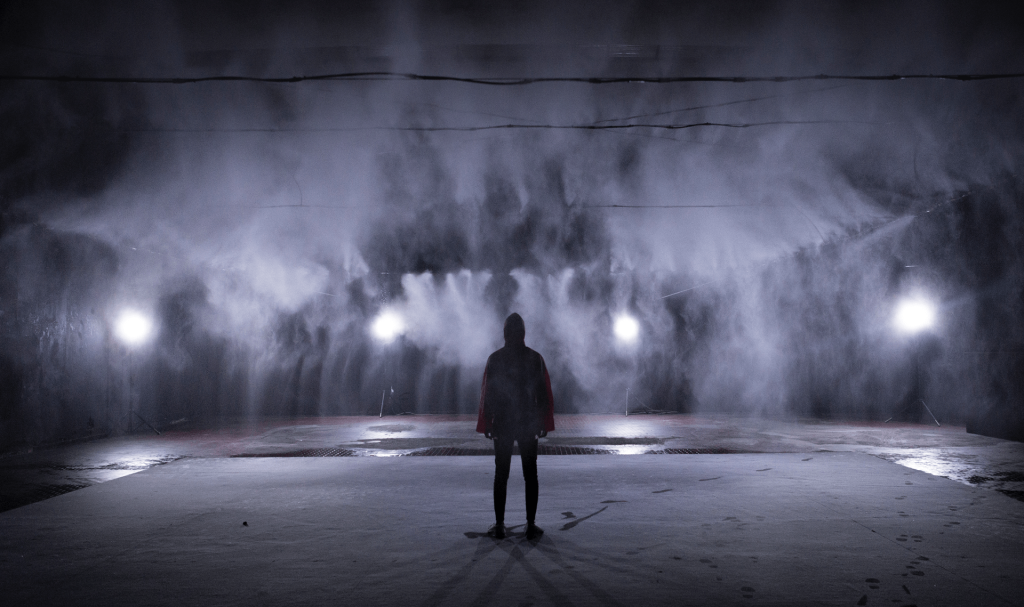
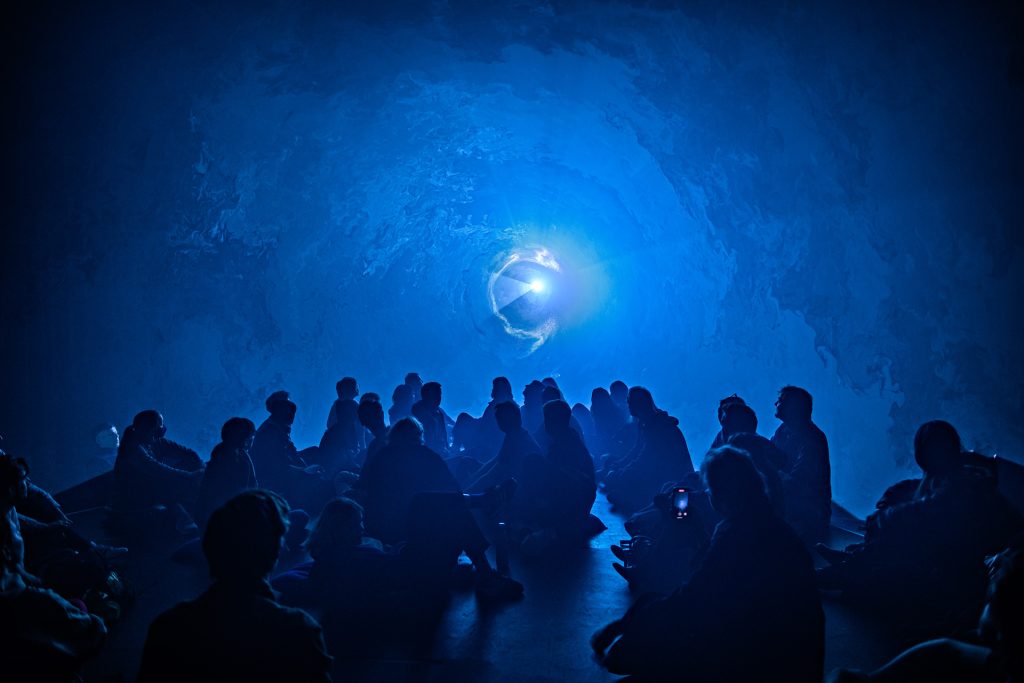
During the years after graduation I took part in many residency programs. I learned from participating in these programs what makes them valuable, and that experience helped to shape our own program. It was great to be offered resources and a limited time frame in which to focus on creating and presenting new work. In the years between 2011 and 2015 I created a lot of new work while on residencies. What I found most valuable was to feel welcome and supported, having passionate and dedicated hosts. A good residency program is a place where we can be generous with each other. A guest and a host work together to create something that did not exist before, which both host and guest can be proud of. When this happens, in the best cases, a lasting bond is established.
In 2013 I was together with Quiet Ensemble in residence for two weeks at Centrale Fies in Dro, in the Italian Dolomites. We worked day and night to create a theatre piece for machines. We had complete 24 hour, independent access to the theatre. Excellent home cooked meals were provided by the staff two times daily. This made it possible for us to be fully immersed in creating our work. After the premiere I went to meet Wen Chin Fu, my partner at the time, who was performing in Venice. We were planning to visit the Biennale but I was so tired, for two days I was only able to sleep.
In 2015 I was in residence with Cardelli & Fontana in Sarzana, in the narrow coastal region bordering between Liguria and Tuscany. A two week residency was organised for me to create an installation in the remains of a huge factory complex in an outlying village. One large factory hall had been recently restored as a cultural space. I wanted to fill the space, turning the architectural volume into an instrument played by large bullroarers. This was ambitious for a two week production and it quickly became apparent that I would need a lot of help to realise my idea. From one day to the next, a local family of carpenters stepped in to make the supporting structures. The Mayor of the village sent a former worker from the factory, on unemployment benefits, to help with the installation. It felt like I was adding something valuable to the life of the community that was hosting me, and the community was seriously invested in making the project succeed. Everyday I would have lunch at a small workers trattoria on the tab of the gallery. In the evening at the flat where I was hosted there was no internet, so in a local bookshop I picked up an Italian translation of Mo Yan’s Red Sorghum which carried me away to the Shandong peninsula at the time of China’s civil war. Even what was lacking in the residency facilities brought its own special fruit.

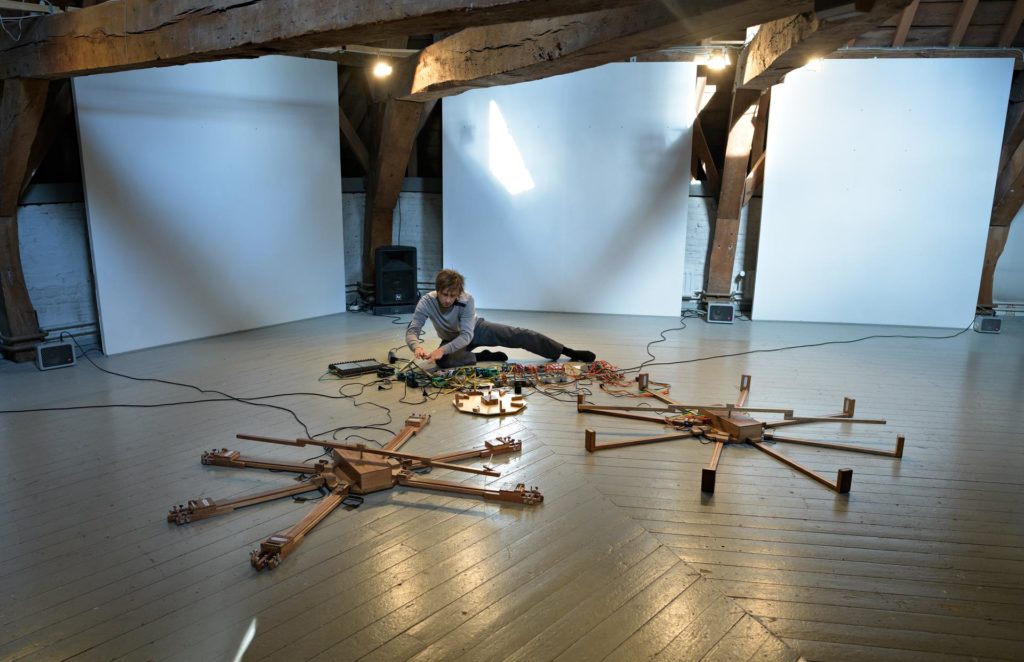
In 2016 I was working on a new piece for an exhibition at SIGN gallery in Groningen. I stayed on the houseboat where the gallery curator lived with her partner Klaas. My project involved exploding origami paper boats on the canal around the Groninger Museum, a project connecting the islamophobic narrative around the War on Terror to the heroic stories from the Dutch War of Independence. Klaas drove me daily by boat to the museum, let me use their pontoon and kayak and helped me to document the work. I recall his observation that I was “asking for a lot”, but he did not hold back his help. A couple of years later he joined our organisation as chairman of the supervisory board.
With iii, we also had several group residencies together, before we started offering residencies to others. The process of founding iii partly took place through a residency at STEIM in Amsterdam early in 2013. One of the great things about STEIM, which I wish iii could offer, was the guest house just above the studio, with enough rooms and beds for many of us to stay. Later that same year we went as a group for two weeks to Den Bosch, preparing for a group exhibition at Kruithuis for November Music. The monumental building, which was the ammunition deposit part of the 17th century fortifications of the city, was managed by an association of older artists that were very friendly and helpful. We casually received the large metal key to the gate of the monument so that we could come and go at our leisure. Once I worked so late I fell asleep on the floor of the exhibition space and I was woken up by a surprised Yoga instructor coming in for morning practice. I have worked with November Music festival almost every year since then. One of the best aspects is we would always be provided with housing and we would cook and share meals together while preparing the exhibition. The kitchen at Kruithuis had a smoke detector above the stove which would be triggered by the cooking. One time the vapour released from draining the pasta I prepared caused the fire alarm to go off. I served dinner and sat down to eat with our group as the fire department came to inspect the room. Pasta needs to be eaten right away, or it spoils.
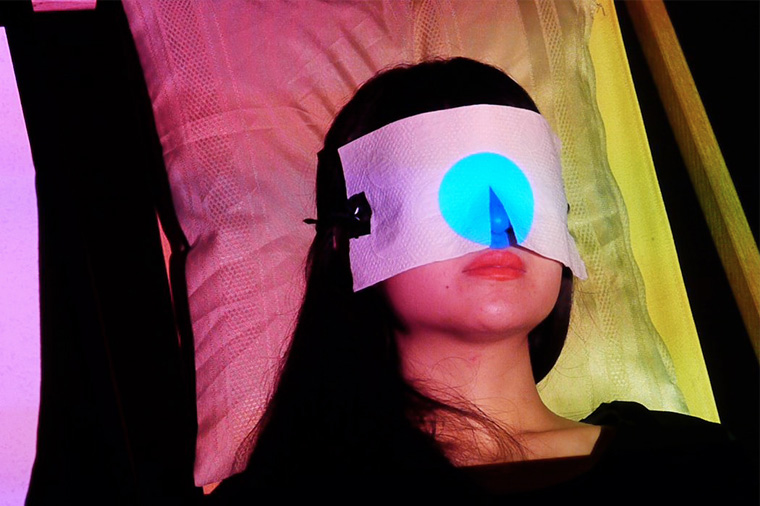
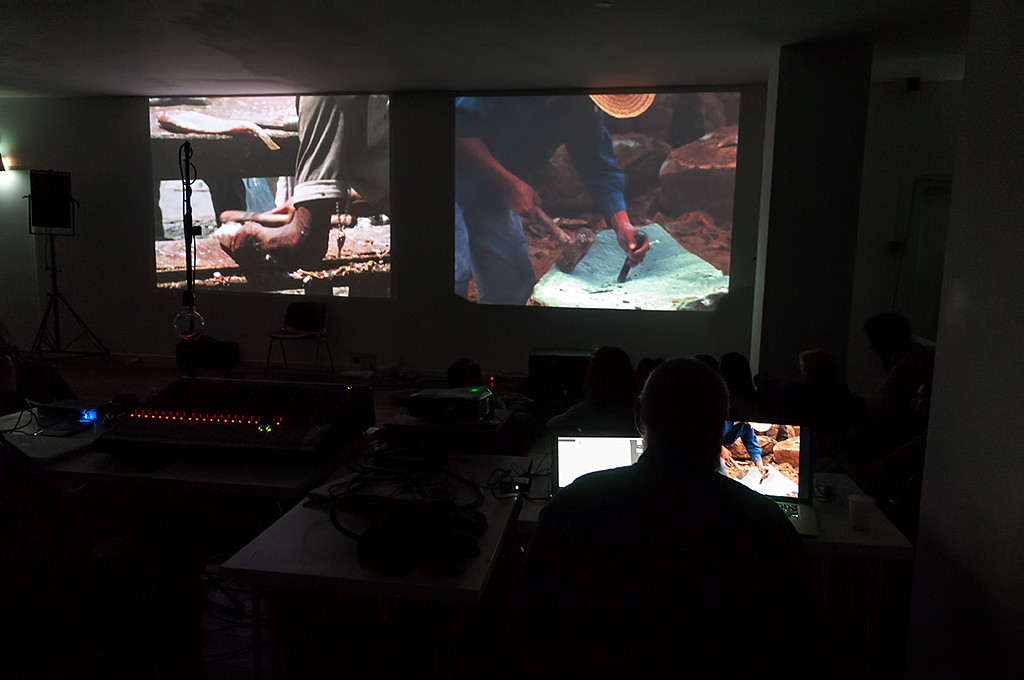
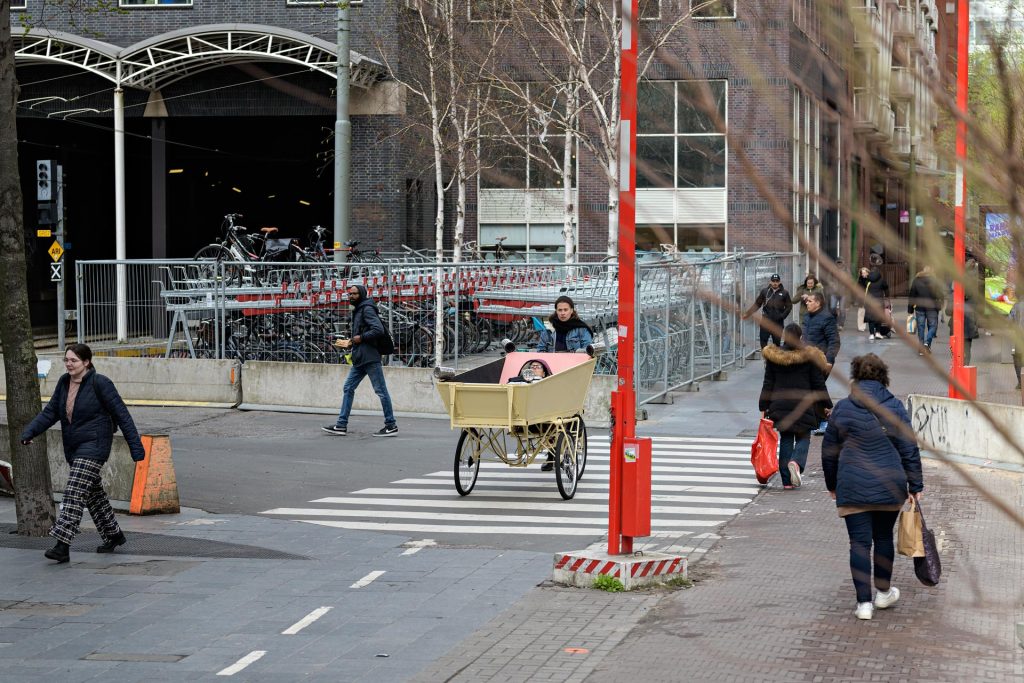
We started offering residencies with iii in 2015. Like other parts of our program, this also started organically due to circumstances at the time. Yolanda Uriz, who back then was iii’s treasurer, was moving out of town in 2014 and invited me to take over the concert series Wonderwerp, which she had been organising for many years at Studio Loos. The series had a very small budget, the payment was €50 per performer. I remember I used to hand out the cash like an aunt to a child “don’t spend it all at once!”. For a year Anne Wellmer and I curated the series together. We wanted to invite performers from abroad, but the budget was insufficient. To be able to invite international artists to perform at Studio Loos, we started the residency program of iii. We raised the funds for it and established a partnership with the Artist in Residence (AIR) studios of DCR, in the same building as Loos. Amongst our first guests were Phill Niblock, Katherine Liberovskaya and Kaffe Matthews. It was exciting to be able to invite, host and curate artists whose work I admired. Phill and Katherine made a beautiful video in which they dragged a rake on the beach, creating mesmerising little vortices in the sand. At the end of the residency they signed and gave us the rake as a gift! When we went to eat out with them, Kaffe had very clear ideas about how she should be served. She got into an argument with the waiter who charged her for a glass of hot water at the price of tea. When Quiet Ensemble drove up from Rome for their residency, we asked them to make dinner for an artist talk plus cooking program. Some forty people signed up for the dinner on Facebook so our guests cooked all day. We had not noticed that a lot of the people signing up were their friends in Italy, and in the end there was an enormous amount of food left over.
Unfortunately it did not go well with Studio Loos. Our ambitions to grow the program clashed with what Loos was able to offer. We were out of the studio a few months after increasing the budget for our program tenfold! That was a shock for us at the time, but over the years I have learned that not everyone values growth in the same way. As poor starting professionals for us growth was an urgent necessity, but for Loos, which had been around for decades, our enthusiasm and energy was a source of nuisance. I understand this now when enthusiastic young curators come to our space and keep pushing for more than we can give. Not everything is possible, but we still do our best to support and express appreciation towards the enthusiasm of our younger collaborators.
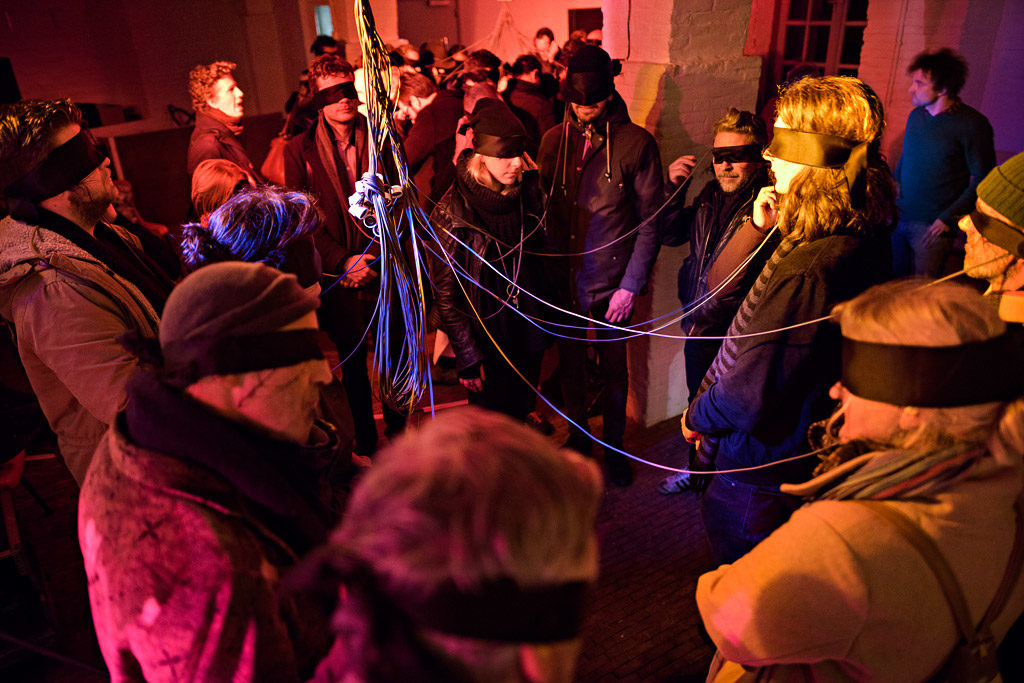
We had secured the funding for the program and we were enjoying hosting our guests, so after our experience at Studio Loos the residency program of iii continued in a nomadic way. Guests still stayed at the AIR studios of DCR and were welcomed to work in other spaces such as the artist-run gallery Quartair. We had already started connecting our program to peer organisations abroad. In early 2016 a guest we were receiving from Overtoon in Brussels cancelled at the last minute. Another Overtoon resident, Jo Caimo, was suggested. We usually request a proposal from residents. Jo Caimo’s proposal was a hand drawing on a notebook with a few lines, something that in other circumstances we would not have taken seriously. A few weeks later the presentation of his project was striking. Jo formed the audience into a choir, he gave us blindfolds to wear, and asked us to imitate different vocal sounds conveyed via an earpiece. As the score progressed we discovered that we were taking part in a kind of sonic orgy! We went on to work with Jo for several years presenting his project in many places. Later that year we had in residence Marije Baalman, who we knew already from previous collaborations with STEIM, where she worked as engineer in the lab. With Satellietgroep, our partner who was also responsible for managing the AIR studios at DCR, we organised Sand Songs, a program of interventions at the Sand Engine, a new artificial peninsula just outside town. Marije Baalman performed with a new kite instrument using sensors to translate the movement of her kite into music. Students of Cocky Eek from the ArtScience Interfaculty also joined us, including Kay Churcher with a kinetic sound sculpture activated by the wind. The event was scheduled around the summer solstice, when even in The Netherlands there is a good chance of fair weather. Instead we were met by a storm, which we endured together on the exposed stretch of land from early morning to past midnight. When working with nature we need to be open to what nature throws at us, even if it’s not what we like. Marije and Kay joined the organisation shortly after. Marije is now a member of the executive board and Kay grew from intern to residency program coordinator. The same stoic determination that kept us going that day, also kept us together through many of the other challenges that followed.
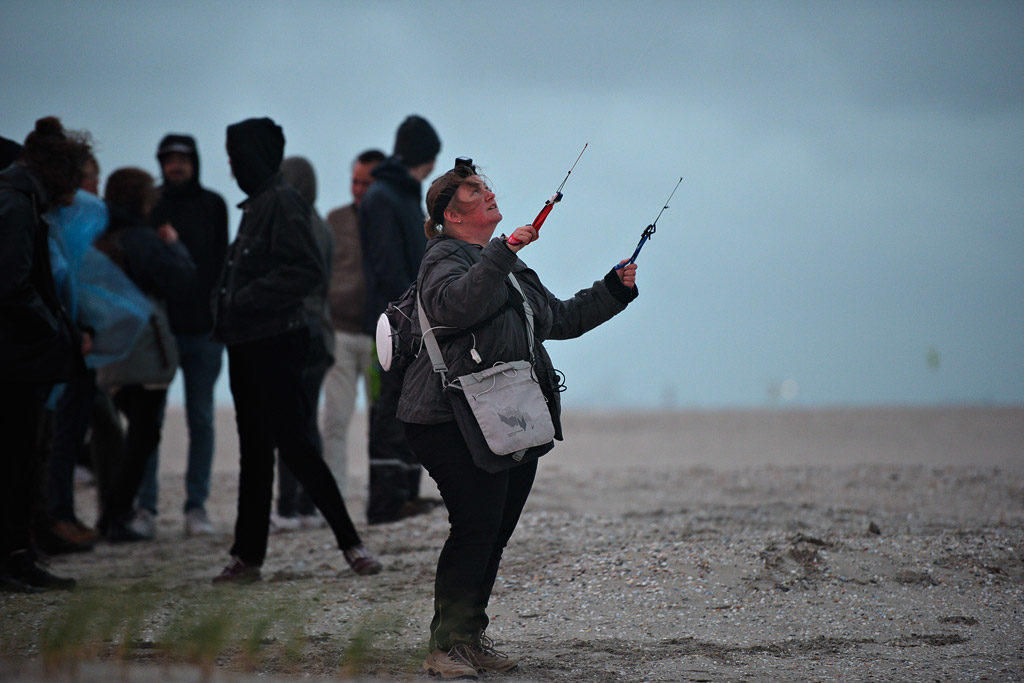
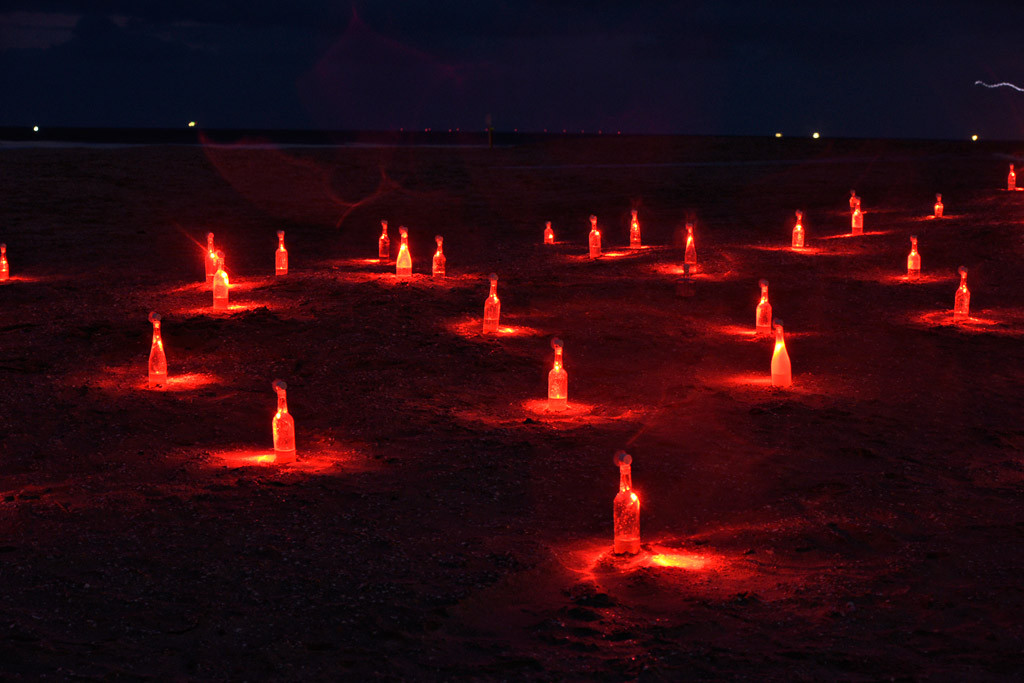
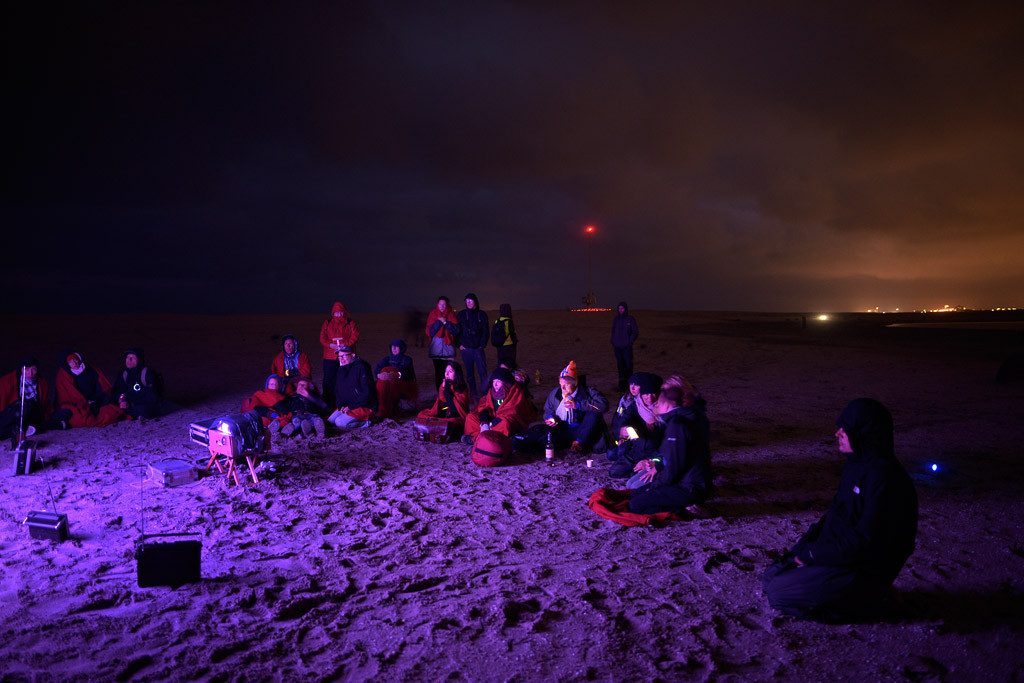
For the first five years iii was nomadic. That allowed us to be flexible and to learn through exchanges with existing spaces, but it also limited our autonomy. In 2017 we moved into our own space in a former industrial site at Willem Dreespark in Moerwijk. Here we established artists studios in which long term members work side by side with guest residents, and where we host regular public events and workshops. Hosting residencies has continued to be a way to learn and be inspired by other artists in all sorts of ways. Dmitry Morozov aka ::vtol:: came over from Moscow. During a talk at the Royal Art Academy he showed students of ArtScience his prolific portfolio. One of the projects was an Internet of Things design concept addressing police violence. He created a prototype of a baton that would send a text message to the police officer’s mother every time it hit someone “Mom, I hit a man”. With some help from Mariska de Groot during his residency he built a robotic sculpture in which steel balls bouncing on a speaker are fed into a network of metal pipes, a kind of bingo machine, to generate random seeds for an aleatoric music algorithm. His new robot was ready just in time for the opening of our space, during which we presented it together with the work of a graduating student from ArtScience, Philip Vermeulen. Philip was building a percussion instrument of architectural proportions, in which large wooden resonators are played by tennis balls flying across the room at 150 kilometres per hour.
A returning item in our residency program has been iii’s raft. For the program of Sand Songs in 2016 Tim Terpstra, who at the time was working with TodaysArt, suggested that we invite architect Tena Lazarevic. She proposed to make a floating pontoon extending into a small lagoon at the Sand Engine, harnessing the energy of wind and waves to play several percussion instruments. At iii we promote a DIY approach and don’t usually make the work for our residents. We made an exception in this case and built the structure for Tena. After the presentation we kept the pontoon, which turned useful when we moved to our space at Willem Dreespark, where the raft found its place by our own quay along the canal. Several residents have used the raft since. Jaime del Val at the end of his residency in 2018 performed on the raft. Zuzanna Zgierska, who was interning with us, paddled a kayak in the dark, towing the raft along the canal towards the audience gathered on the quay, while Jaime danced on the raft, naked, inside a cocoon of transparent gauze that served as a video projection surface. A neighbour on one of the houseboats reported us to the police. The officers left content when I explained that the performer was not naked but wearing a multimedia costume. In 2022 Alexis Bellavance joined us as part of a residency exchange with Perte de Signal in Montréal. His proposal was to make a video installation based on the tides of the North Sea. He went on a first test excursion on a sailboat, and was incapacitated by motion sickness. He then started exploring the canals on our raft. Pointing his camera on the water surface, he created a beautiful video in which the city emerges as a ghost reflected in the waves.

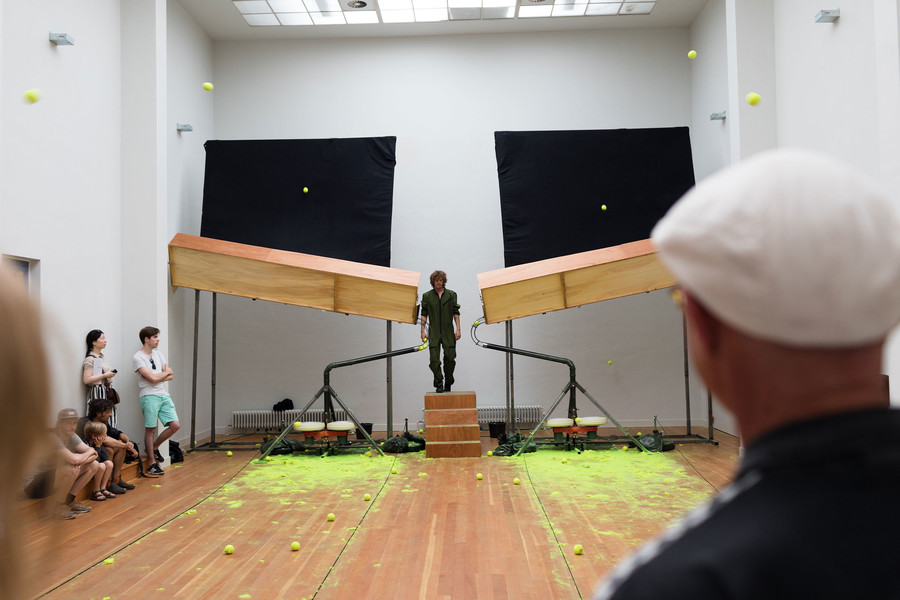
During the Covid-19 pandemic it was harder to host international residents due to travel restrictions, but our workspace remained always accessible to the residents that could reach us. Amongst these Pei-Ying Lin, an artist from Taiwan based in Eindhoven, assembled a knitting group who worked on translating into knitting patterns the structure of the spike protein of the coronavirus. The presentation of the work involved a performance in which a dancer, representing the virus, moved inside a structure representing a human cell. The potential for political controversy made me anxious when during a preview of the performance our intern Tingyi Jiang, a student from Fujian, volunteered to perform as the virus, infiltrating the cell of our Taiwanese guest.
During the same period we hosted the residency of Hugo Morales Murguia, a composer based in The Hague who has created a body of musical compositions for invented instruments and machines. The common ground between his work and ours was so evident it was in fact strange that we had not worked together previously. This might be due to how the cultural sector in The Netherlands is compartmentalised between disciplines. As a composer Hugo works with ensembles of performers who commission his work and then tour with it. As autonomous artists, following a model which originates in the visual arts, we usually compose and perform our own work. The process of finding performers for Hugo was challenging. The first ensemble that Hugo invited to work with us on the project was very demanding. They were not at all interested in our DIY culture and showed little empathy for our team who was seriously struggling to keep the program going between lockdowns and constantly changing restrictions. After one of our team members was treated poorly by one of the performers, we decided to terminate the collaboration. As we try to broaden the range of practices, disciplines and backgrounds supported by iii’s program, it becomes more challenging to manage expectations around what we can and cannot offer, and filter out artists that do not share our values.
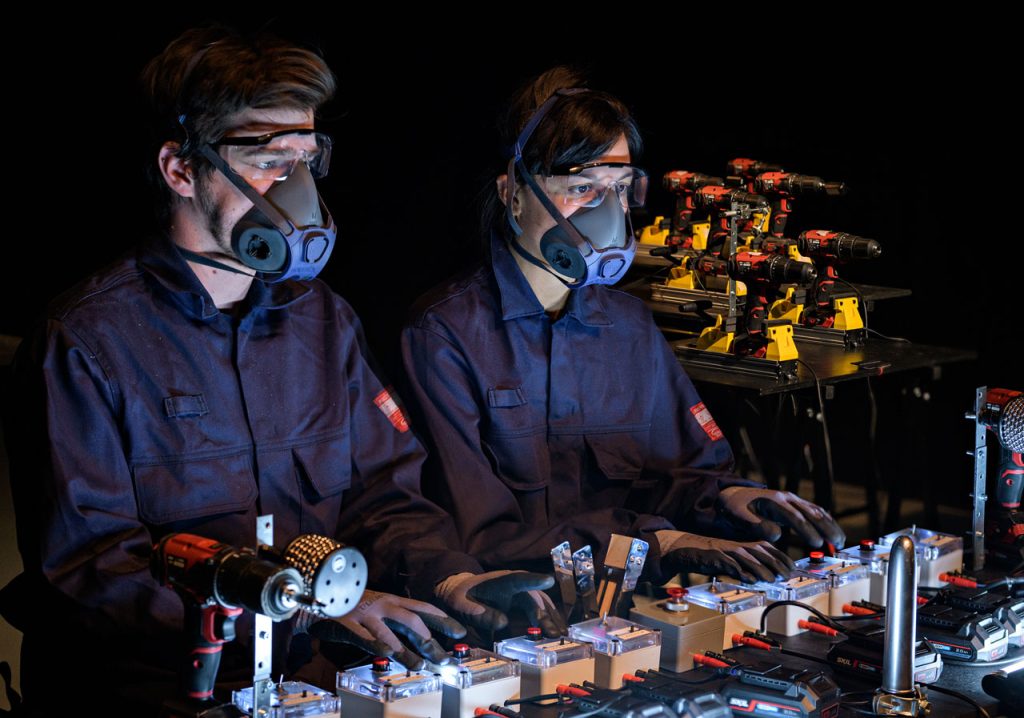
It’s worth spending a few words on the financing of iii’s residency program. Based on our own experience and financial struggles as artists, it was always important to us that our residency program be fully funded. It can be a challenge to explain why this is necessary within a dominant culture that is hostile to investing in the arts. A poor application of free market principles perpetuates the economic mechanism by which, since there is always enough supply of artists available to do something, then it is unnecessary to offer good working conditions. Of course this is a poor principle because it produces poor outcomes: the pursuit of quality and excellence requires financial investment as well as treating each other with dignity. Over the years as we gained experience and recognition as an organisation, we have been able to convey this message more effectively and consequently the resources that we can offer through our program have increased. Initially our program was funded through short term project subsidies, then annual program subsidies, and in 2021 finally we became structurally supported for a period of four years. As someone coming from a country that offers no public support for artists, I am hugely grateful for the support that is available in The Netherlands, and I have worked very hard to invest these resources fruitfully. In 2019 the Creative Industries Fund NL, our largest funder, rejected our annual program application. We appealed against the decision and were able to overturn the result. This challenge strengthened our organisation, helped us refocus our priorities and made us more confident. In 2020, the same fund who the previous year had judged our program to be “of little significance” ranked us in 2nd place nationally for the funding period 2021-2024. Becoming recognised as part of the cultural infrastructure brought benefits that are not only financial. After supporting students and fresh graduates for years, finally we were allowed to officially offer a prize to a graduating artist of the Royal Art Academy. The first winner of iii’s Residency Award in 2021 was Cemre Kara. During her residency she devised a meal questioning the habitual use of cutlery in western culture. At the end of her residency visitors were invited to sign up to a dinner in which she served soup with a strapon ladle and participants were challenged to eat spaghetti with forks attached to their elbows.
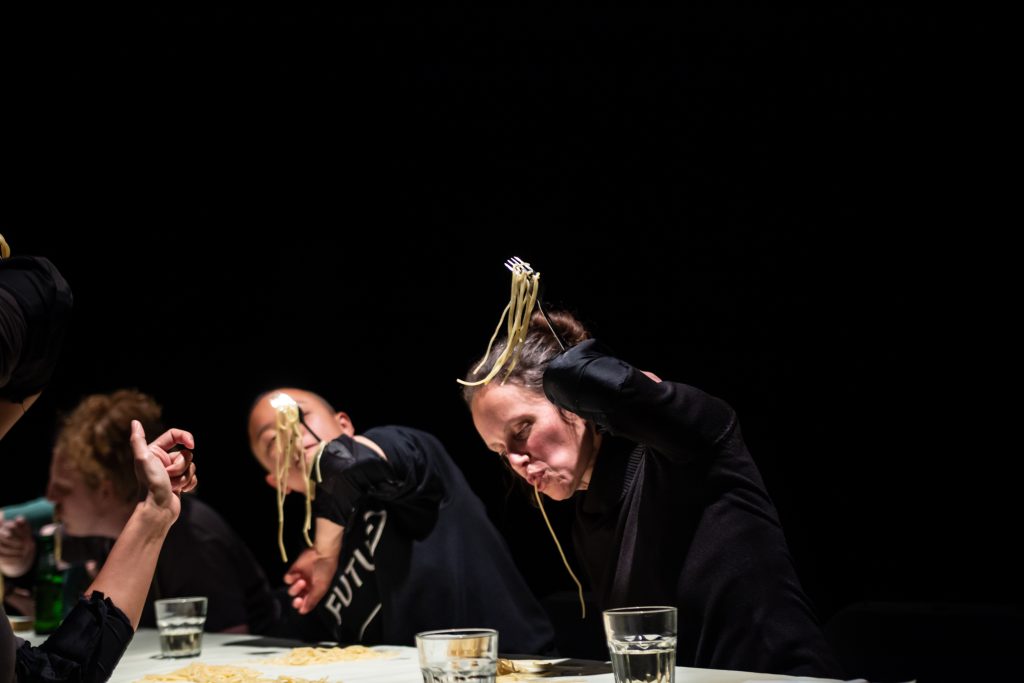
At the time of this writing the residency program of iii has supported the work of 80 artists. After 10 years leading our organisation, I have announced that I will be stepping down in order to focus again on my own art practice. Over this time I have learned more from supporting other artists than in any of my formal studies. I hope that in the coming years the program of iii will continue to grow, that it will be able to offer more and better opportunities for artists, and that it will be able to do this while also maintaining the passion and community spirit that has driven us during these first 10 years.
Matteo Marangoni, 2023